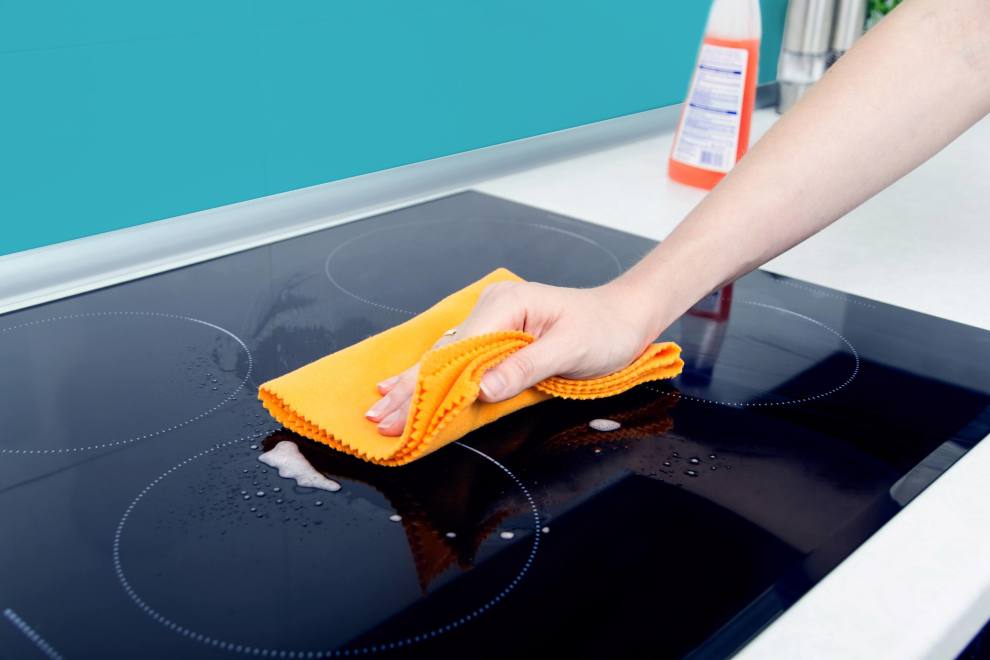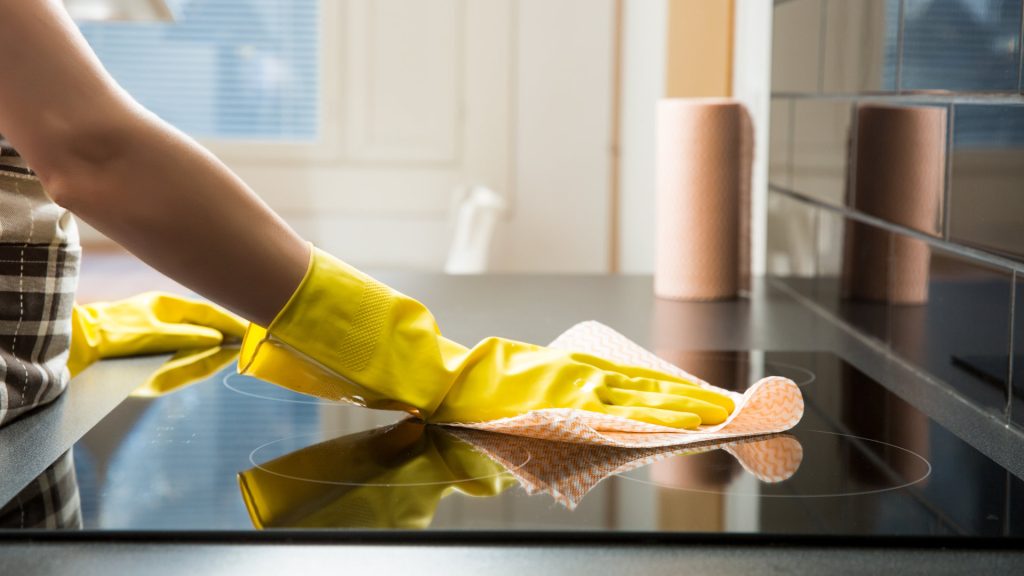Effective Methods for Cleaning Grease off a Stove
I. Introduction
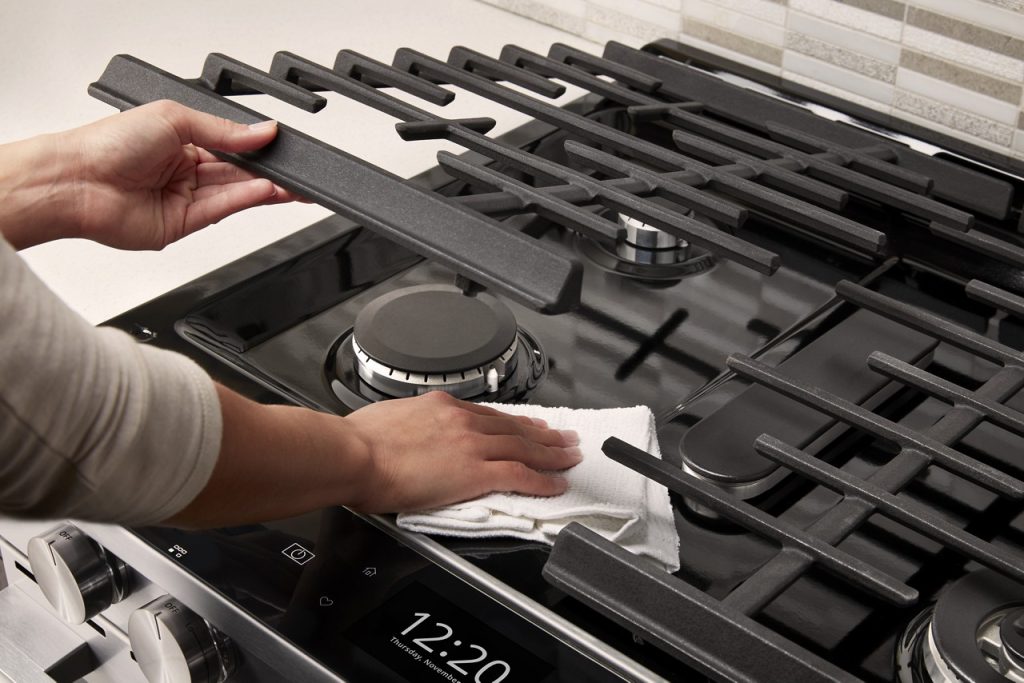
A. Importance of regular cleaning to maintain stove cleanliness and performance Regular cleaning of your stove is essential for maintaining both its appearance and performance. Grease buildup on the stove can not only be unsightly but can also affect its efficiency and even pose a fire hazard. Cleaning your stove regularly helps to promote kitchen hygiene and keep it in optimal working condition.
B. Overview of common grease buildup on stoves and its impact on kitchen hygiene Stoves are prone to grease buildup from cooking activities. Grease can accumulate on various parts of the stove, such as the stovetop, burners, grates, control knobs, and even the oven interior. This buildup, if left unaddressed, can attract dirt, dust, and bacteria, negatively impacting kitchen hygiene and potentially compromising the quality of your meals.
II. Preparing for Cleaning
A. Gathering the Necessary Supplies
- Clean microfiber cloth or sponge To effectively clean grease off your stove, start by gathering a clean microfiber cloth or sponge. Microfiber material is highly efficient at trapping and removing grease from surfaces without leaving scratches or residue behind.
- Dishwashing liquid or grease-cutting cleaner Choose a dishwashing liquid specifically formulated to cut through grease, or consider using a grease-cutting cleaner designed for stove cleaning. These products contain specialized ingredients that help break down and remove grease effectively.
- Baking soda or vinegar (optional) Baking soda and vinegar are natural cleaning agents that can be used as alternatives to chemical cleaners. They are particularly useful for tackling tough grease stains or burnt-on residue on the stovetop or oven interior.
B. Ensuring Safety
- Turning off the stove and allowing it to cool completely Before starting the cleaning process, ensure that the stove is turned off and has completely cooled down. This prevents accidental burns and ensures your safety during the cleaning process.
-
Using protective gloves or clothing if desired While not necessary, you may choose to wear protective gloves or clothing to shield your hands and skin from any harsh cleaning agents or potential splatters during the cleaning process. It is always better to err on the side of caution when dealing with cleaning chemicals.
III. Cleaning Methods for Different Stove Parts
A. Removing Grease from Stovetop
- Wiping off loose debris and crumbs: Before tackling grease spots on your stovetop, it is important to remove any loose debris or crumbs. Use a dry cloth or sponge to wipe away any loose particles.
- Applying dishwashing liquid or grease-cutting cleaner to grease spots: To remove grease spots on your stovetop, use a gentle dishwashing liquid or a specialized grease-cutting cleaner. Apply a small amount of the cleaner directly onto the greasy areas.
- Gently scrubbing with a cloth or sponge: Using a soft cloth or sponge, gently scrub the greasy areas in a circular motion. Be careful not to apply too much pressure, as this may scratch the surface of your stovetop. Rinse the cloth or sponge frequently to remove any grease residue.
B. Degreasing Burners and Grates
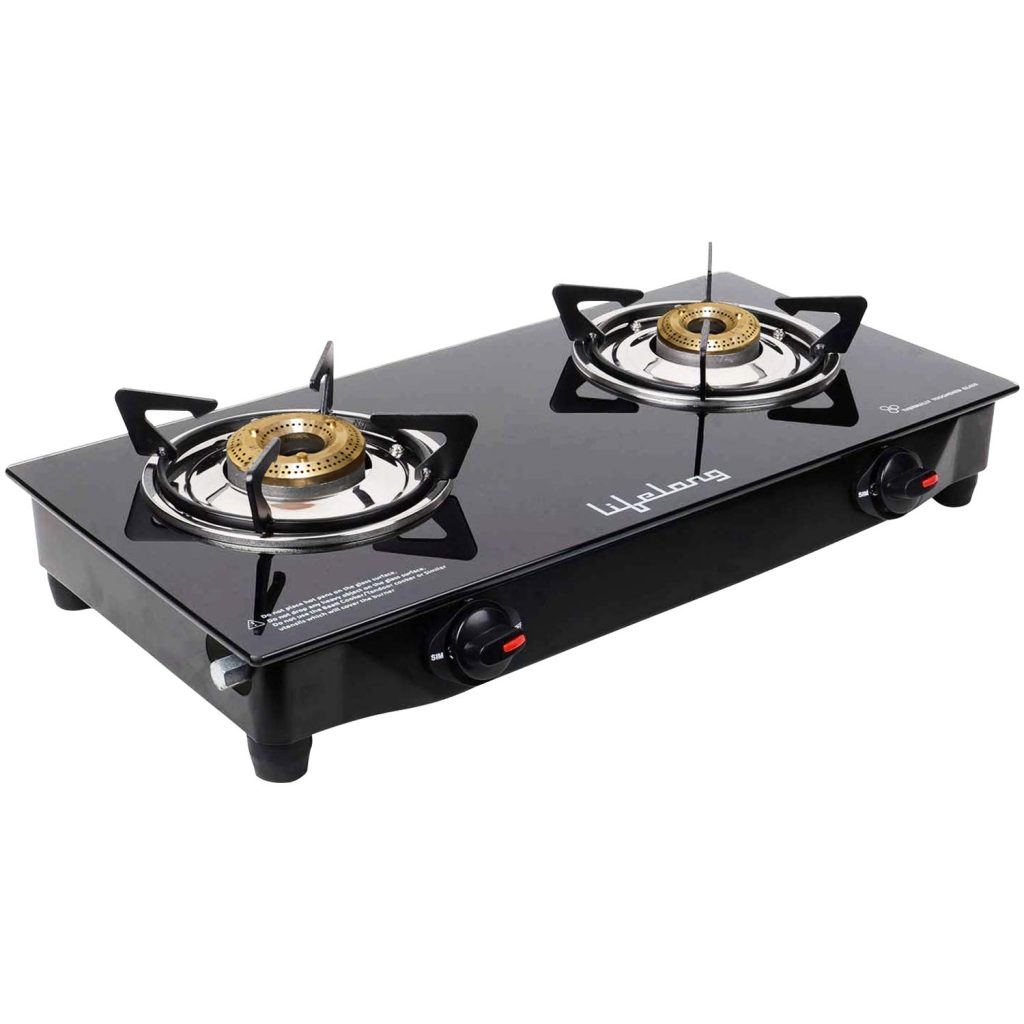
- Removing burners and grates if possible: If your stove allows for it, remove the burners and grates before cleaning. This will make the degreasing process much easier.
- Soaking them in hot, soapy water: Fill a sink or basin with hot water and add some dishwashing liquid. Place the burners and grates in the soapy water and let them soak for about 30 minutes. This will help loosen and dissolve the grease.
- Scrubbing with a brush or sponge to remove the grease: After soaking, use a brush or sponge to scrub away the grease from the burners and grates. You may need to apply a little pressure to remove stubborn grease spots. Rinse them thoroughly with clean water and allow them to air dry before reinstalling.
C. Cleaning Oven Interior
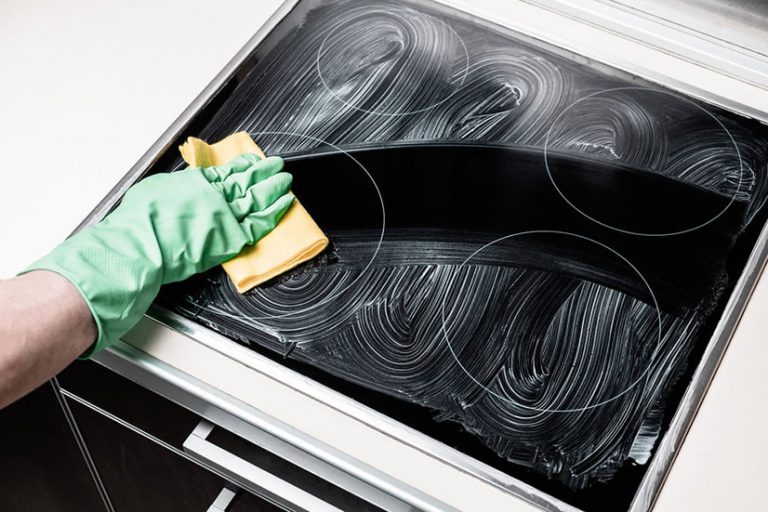
- Removing oven racks and soaking them in soapy water: Start by removing the oven racks and soaking them in a sink or basin filled with hot, soapy water. Let them soak for at least 30 minutes to loosen any grease or food residue.
- Applying a paste of baking soda and water to the interior surfaces: Make a paste by mixing baking soda and water until it forms a thick consistency. Apply the paste to the interior surfaces of the oven, focusing on areas with grease buildup. Spread the paste evenly with a sponge or cloth, ensuring complete coverage.
- Allowing the paste to sit for a while before wiping off with a damp cloth or sponge: Allow the baking soda paste to sit on the interior surfaces for several hours or overnight. This will give it time to break down the grease. Then, using a damp cloth or sponge, wipe away the paste, along with the grease. Rinse the cloth or sponge frequently to remove any residue.
D. Tackling Grease on Control Knobs and Exterior Surfaces
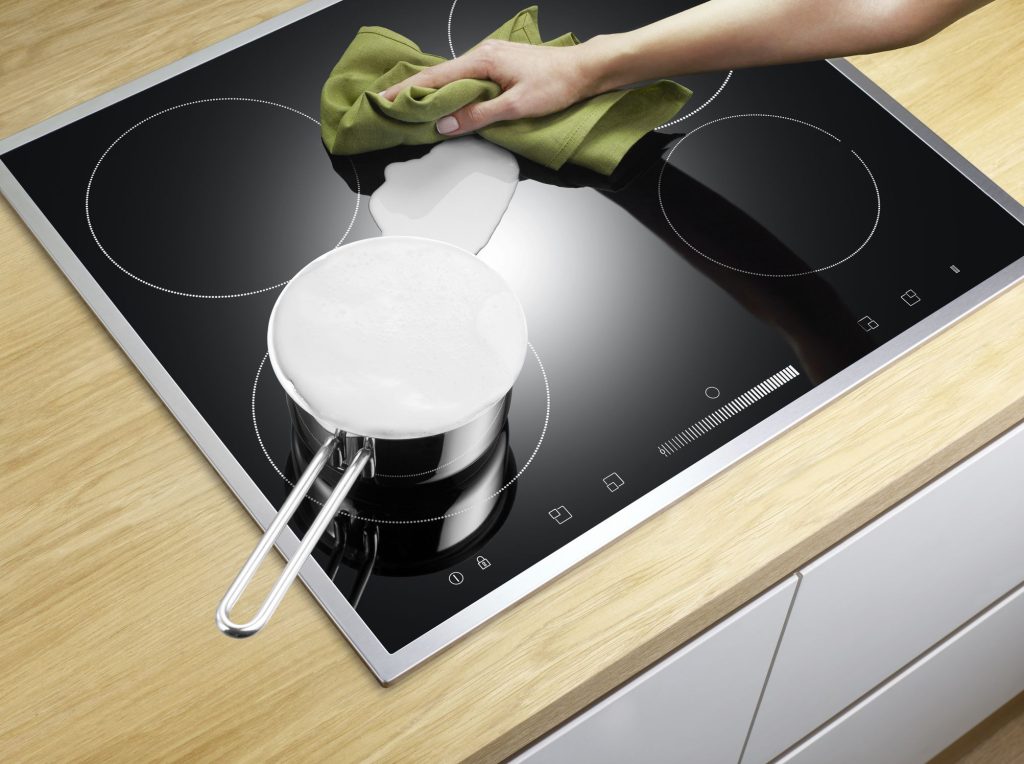
- Dampening a cloth with soapy water or vinegar solution: To clean control knobs and exterior surfaces, dampen a cloth with a solution of soapy water or vinegar. Both of these solutions are effective in cutting through grease.
- Gently wiping down the control knobs and exterior surfaces: Using the damp cloth, gently wipe down the control knobs and exterior surfaces of your stove. Pay attention to areas with visible grease buildup and make sure to remove all traces of grease. Rinse the cloth frequently and continue wiping until all surfaces are clean.
IV. Stove Maintenance and Prevention Tips
A. Regular Maintenance
- Wiping down the stovetop after each use: To prevent grease buildup, it is important to wipe down the stovetop after each use. Use a clean, damp cloth or sponge to remove any spills or splatters.
- Cleaning burners and grates periodically: In addition to regular stovetop cleaning, it is crucial to clean the burners and grates periodically. This will ensure that they continue to function efficiently and prevent grease from accumulating.
B. Preventive Measures
- Utilizing stovetop protectors or liners: Consider using stovetop protectors or liners to catch spills and prevent them from directly reaching the surface of your stove. These protectors can be easily removed and cleaned, saving you time and effort.
- Applying a thin layer of cooking oil to prevent future grease buildup: Before using your stove, apply a thin layer of cooking oil to the stovetop surface. This will help prevent future grease buildup and make future cleanup easier.
Conclusion: Proper cleaning and maintenance of your stove are essential to ensure its longevity and efficiency. By following the cleaning methods and prevention tips mentioned above, you can keep your stove free from grease and ensure it stays in top condition for years to come.
